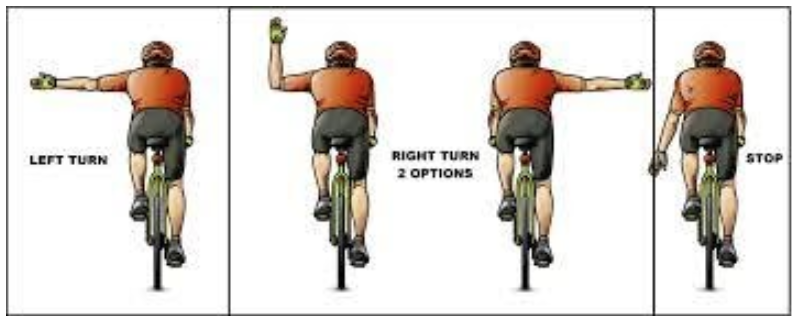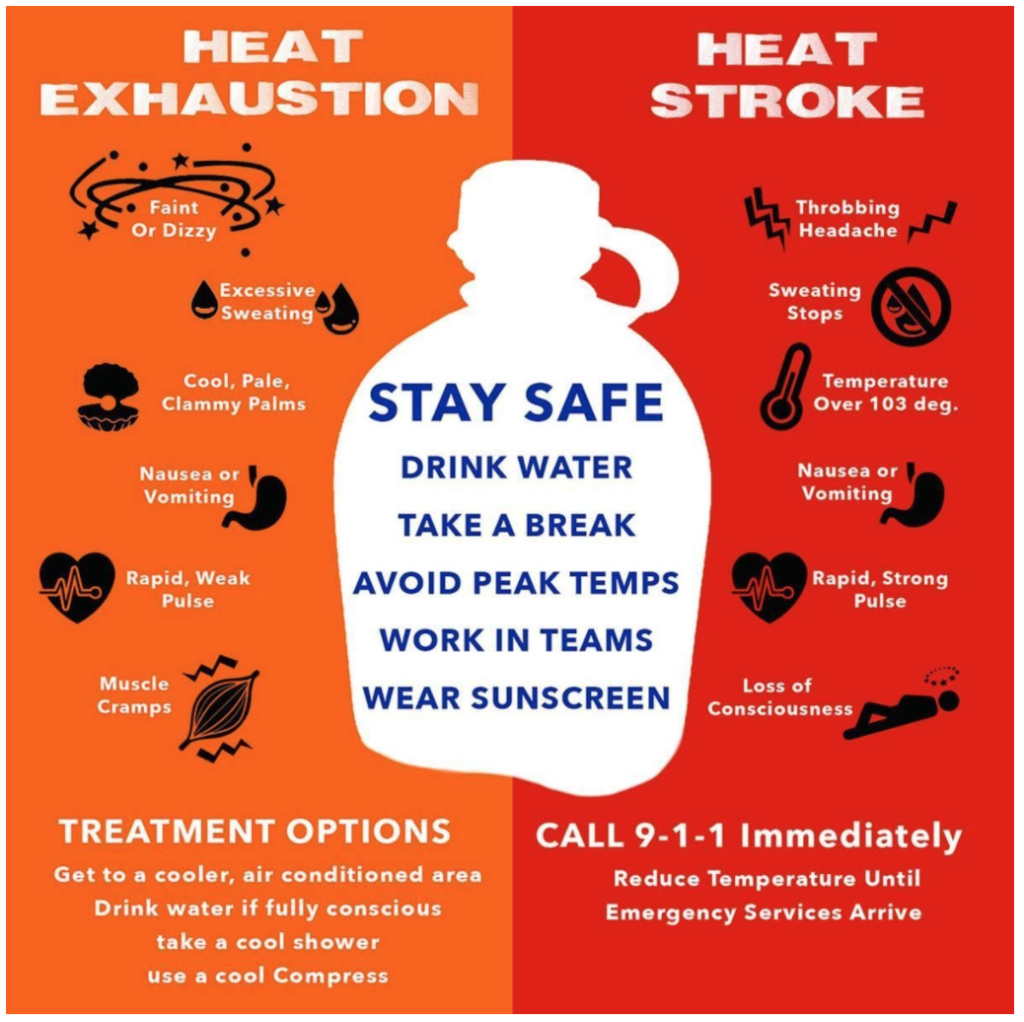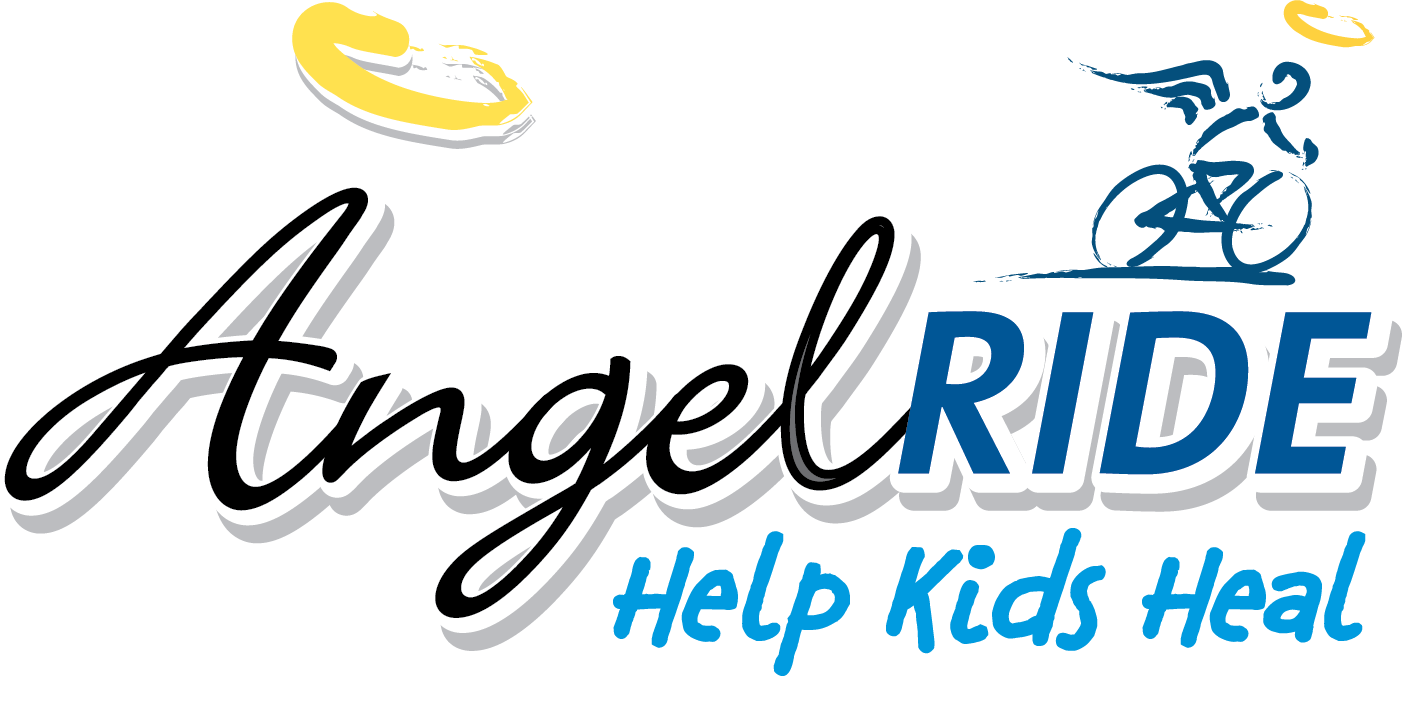What should I bring with me?
Check out our General FAQs!
Preparation & Safety Tips
Please review and practice the following tips to ensure that everyone is prepared and has a safe and healthy AngelRide. Even though some information below refers to cyclists, safety concerns are universal so please adapt these suggestions for runners and walkers too!
- Comply, follow and abide by any and all federal, state, and local laws, regulations, requirements, and guidelines regarding Covid-19.
- AngelRide is not a race. Enjoy the views. Have fun! Stay in control and within your abilities.
- Remember, we love you. Practice safety. Enjoy your AngelRide, enjoy your route, come home safe and sound!
PERSONAL CARE
- Clothing – Dress for the anticipated weather, carry a rain jacket if inclement weather is possible. Wear highly visible colors. Reflective material is a plus.
- Helmet – Required, no question, cyclists wear a helmet.
- Eye Protection – Strongly suggested, protect your eyes from sun glare, wind, insects, etc.
- Stay hydrated – Drink on a regular basis, a swig every 15 min is advisable, more often if heat is excessive. A minimum would be one normal (22 oz.) sized water bottle an hour. Carry enough fluid, either in water bottles or a hydration system, to sustain yourself. Know your chosen route well enough to replenish as necessary. As we like to say “EAT, DRINK & PEE!” Scroll all the way down to see the Hydration graphic.
- Sustenance – Taking in food is essential on longer, multi-hour rides. Know what your system will tolerate, perhaps a banana for the early portion for your ride, then energy bars or gel for the remainder. Be aware of what works for you, avoid the “bonk”.
- Fatigue Awareness – Rest when you need to rest. Be self-aware should exhaustion begin to set in. If you begin to have difficulty concentrating or focusing on the road, pull off in a safe, covered (shaded) area and rest.
- Rest / Recover – Give yourself breaks along the way, whether riding 30 or 60 miles. Take a few minutes periodically to stand, walk, eat, drink, enjoy a view, stretch, etc.
ROAD AWARENESS
- Be aware of vehicles at every moment and follow all traffic rules and signals (including stop signs!).
- Make eye contact – with drivers at intersections and do not continue forward unless you’re positive that the driver sees you.
- Position on Road – Always ride on the right side of the road near or on the shoulder, travel with traffic. Always walk or run on the left side of the road near or on the shoulder, against traffic.
- Road Hazards – Be alert for potholes, broken pavement on the shoulder, or no shoulder at all, glass, loose gravel, and other objects that may interfere with your ride.
- Intersections – Obey stop signs, traffic lights, unclip and wait until clear if necessary.
- Parked cars – Allow room and be alert to avoid opening doors.
- Small Groups – Ride, run or walk SINGLE FILE. Signal hazards to those following you.
COMMUNICATION
- Share your planned route with others
- Cell Phone – Remember to bring the contact info for your AngelRide PokerRide volunteer card dealer!
- Label your emergency contact person ICE (in case of emergency).
- Do NOT use earbuds or headphones.
- If you want to make or answer a phone call or send a text, move over and stop on the side of the road first.
- When you take a break, post on social media and tag @AngelRide!
- Make eye contact with motorists at intersections. This is no guarantee that they will see you and assume they don’t unless you’re acknowledged.
- Hand Signals
- Inform other road users of your intentions, know the basic ones.
- Turning – signal direction prior to turning.
- Group Riding – slow down, stop, road hazard (pothole, glass, etc)
- Basic Hand Signals:

BICYCLE PREP
- Have a headlight and taillight on your bicycle.
- Mechanical Readiness – if you are a “do-it-yourself” person, check all portions of the bike that you, as the rider, will depend on. From cable adjustments to bolt tightness (handlebar, bottle cages, brakes, etc). Otherwise, have your bike serviced by your local shop prior to the ride. Ask them for training tips too!
- Tire Condition – check for tread wear (should never see casing through tread), cuts, and objects embedded in the tread (such as glass). Replace as necessary.
- Tool Kit – carry a multi-purpose tool for any “on-the-fly” adjustments or flat repair.
- Flat Repair – carry a spare tube, patch kit, tire levers (or multi-tool), and inflator of your choice (pump or CO2 cartridges)
- Helmet – Required, no question, wear a helmet.
WEATHER CONDITIONS
- Sunshine – Be aware of excessive exposure, wear sunscreen. Consider wearing a head covering under your helmet to prevent sunburn on your scalp.
- Rain – Slow Down! Painted lines (crosswalks, lane markings), metal plates, manhole covers, and steel decked bridges become extremely slippery when wet. Oil on the road becomes a slip hazard until rain is heavy enough to wash it away.
- Hypothermia – A rain jacket is an essential piece of gear to not only protect you from the elements but also helps your core maintain its proper temperature as conditions cool.
- Lightening – Get off the road and seek shelter
- Heat-Related Illnesses
- Heat Exhaustion – Stop, rest, rehydrate
- Heat Stroke – This is a medical emergency, call 911
- Know the signs…

